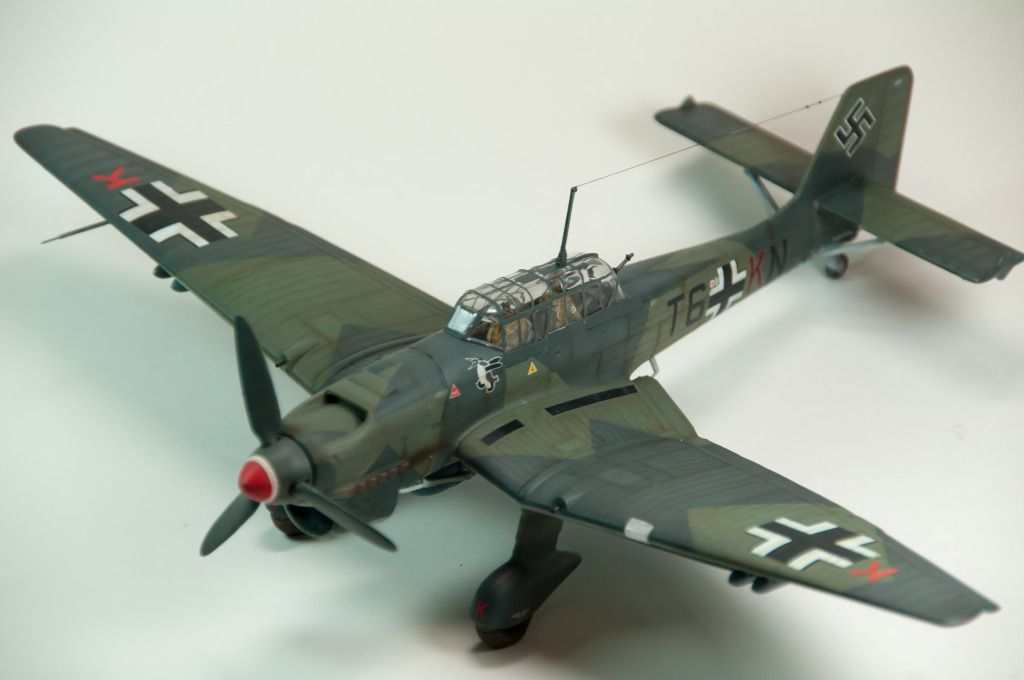Hello everyone.
Getting back into modeling from being out of it for a number of years and have a few questions.
I bought Revell’s 1/32 Junkers JU88 and the instructions state the RLM paint code for the upper surfaces are Black Green RLM 70 and Dark Green RLM 71. I was going to use Model Master acrylics, but the color in the un-opened bottle looks nothing like what I think it should be. The two colors are almost identical and I can’t see these matching the colors in some of the reference books I got (Junkers JU88 in action and another one by Kagero Publishing).
Can I trust these colors from Model Master?
Should I be using the enamels or the acrylic style of paint from Model Master?
On the Eduard photo-etch details what type of glue do I need to use to attach the brass to the plastic? I have some of the ones they for the Revell 1/48 PV-1 Ventura.
Thanks for the help and the advice!

